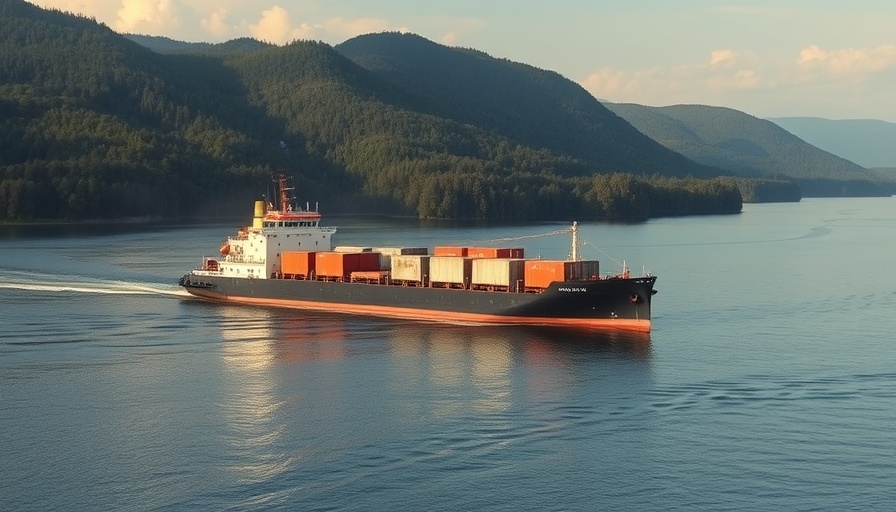
The Dawn of Electric Propulsion in Maritime
In a remarkable stride towards sustainable shipping, the newly launched electric ferry boasts a staggering 250 tons of battery capacity, setting a record for the world’s largest electric ferry. This advancement, showcased by Incat in Tasmania, follows the legacy of the Ampere, the first electric ferry that entered service in 2015. The Ampere alone has traversed the earth multiple times, illustrating the growing importance of electric propulsion in maritime transport.
A Closer Look at Hybrid and Electric Vessels
According to Philip Lewis, Director of Research at Intelatus, the maritime landscape is rapidly evolving with 65% of all operational and on-order vessels classified as hybrid, with electric components intertwined with traditional engines. This hybrid model allows for flexibility in routes, particularly where charging infrastructure is sparse. Additionally, there is a significant push towards plug-in hybrid vessels, which can charge at ports or offshore, indicating a shifting mindset in marine engineering.
Electric Ferries Leading the Charge
The electric ferry segment shines particularly bright as it caters to short-sea shipping routes, where barriers to full electric adoption are minimized. The Port of Antwerp-Bruges has recently introduced Volta 1, its first fully electric tug, while in Japan, NYK's e-Crea demonstrates the practical challenges faced when integrating substantial battery systems. NYK's journey to maintain proper balance highlights the complexity involved in the design of electric vessels, reminding us that innovation does not come without its hurdles.
Expanding the Electric Fleet
This week alone saw the launch of the first fully electric container barge in Vietnam, marked by a partnership between CMA CGM and NIKE, which features a solar-powered charging station. Innovations like these emphasize the importance of not just the ships themselves but also the infrastructure needed to support them—paving the way for sustainable logistics solutions. Each new vessel pushes the envelope, showing that the maritime industry is on a quest for a greener future.
The Reality of Zero Emissions in Shipping
However, as noted by Lewis, achieving zero-emission status is complicated. The certification process for ships regarding the emissions of electricity production represents a significant challenge. For a truly sustainable operation, not only must the vessels be powered by clean energy, but the source of that energy must also be scrutinized. Companies like Corvus Energy are addressing this by supplying battery systems capable of utilizing renewable energy, exemplifying a move towards greener solutions.
Looking Ahead: The Future of Maritime Sustainability
As electric propulsion technology continues to advance, the maritime industry is likely to witness a surge in electric vessel diversity. The integration of renewable energy resources will play a critical role in enhancing performance, reducing operational costs, and meeting environmental regulations. It’s a future that promises not only innovation but also a redefinition of shipping standards.
This transformation within the maritime sector beckons a call to action for stakeholders involved—from shipbuilders to environmental advocates. By embracing these advancements, the maritime industry can lead the charge towards a more sustainable and efficient future.
 Add Row
Add Row  Add
Add 




Write A Comment